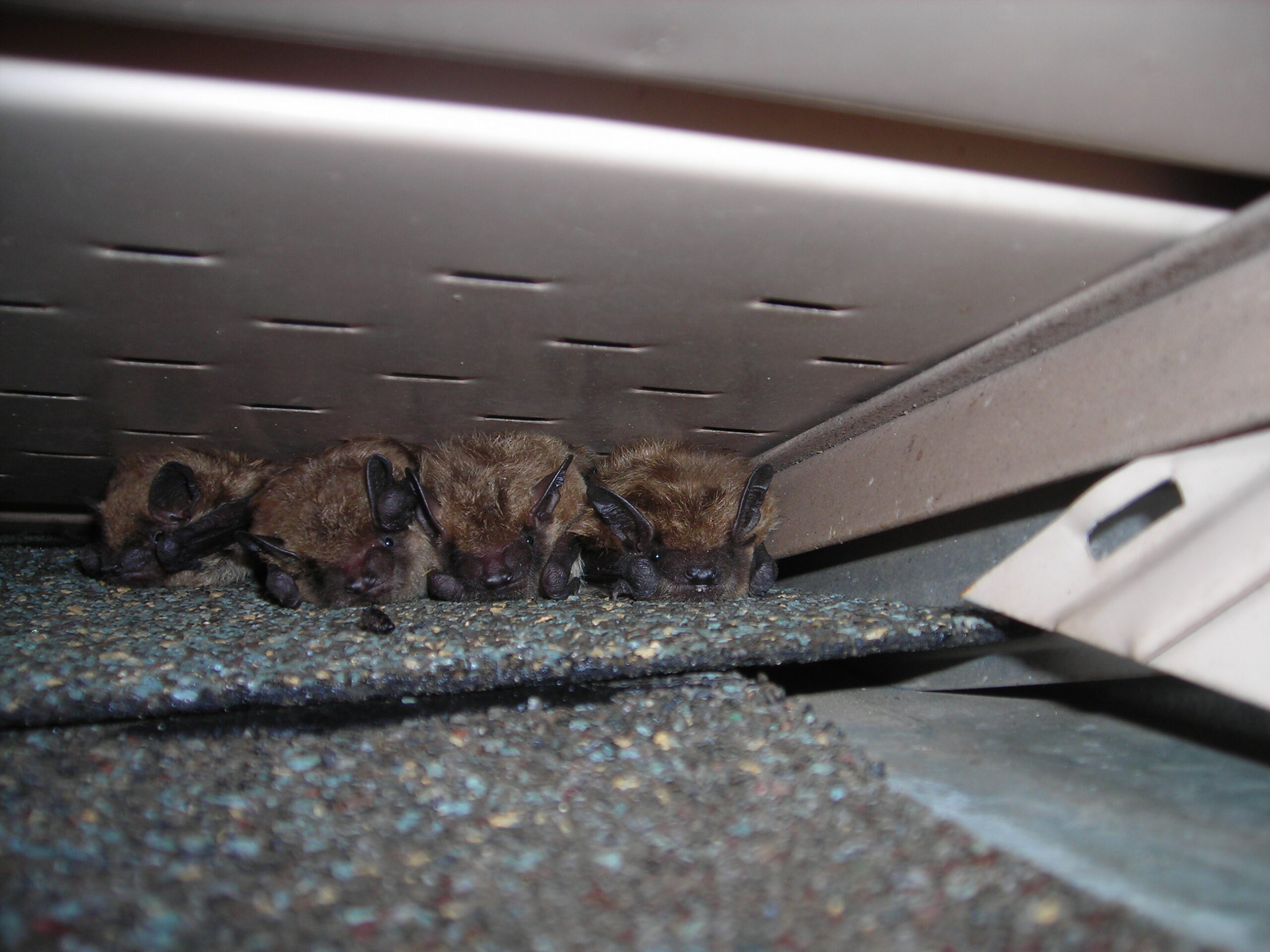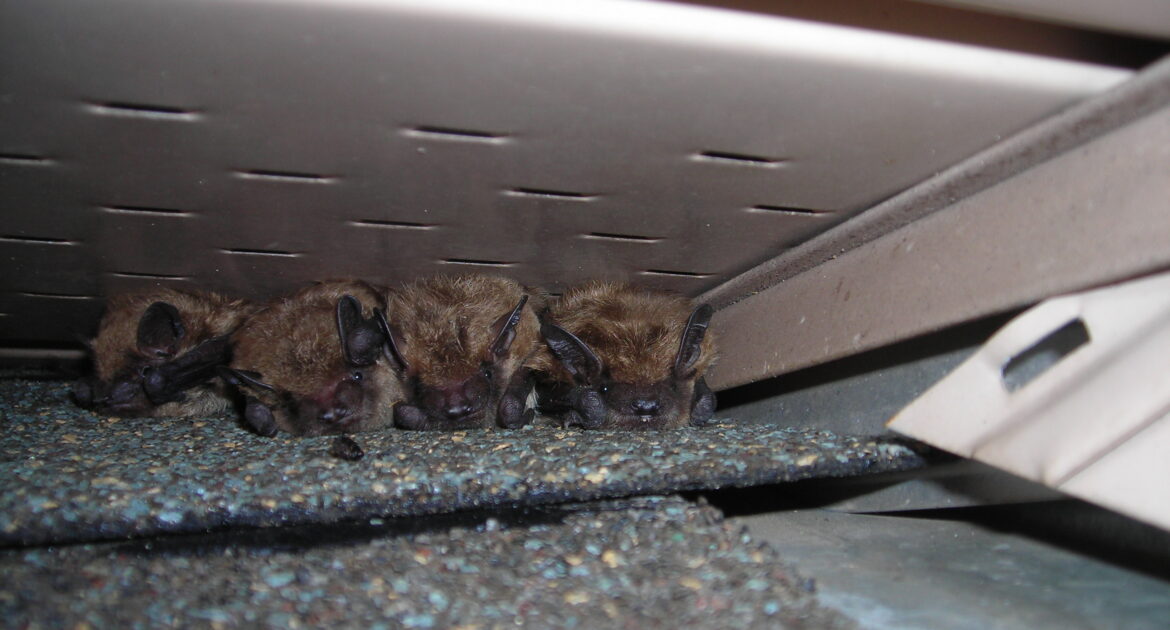As much as we may fear or dislike bats, bats serve a critical role in the environment, removing pest insects that threaten human health and agricultural productivity. Recently a fungal affliction known as White-nose syndrome has spread across North America, killing large numbers of the winged mammals. The northeast and midwest have been especially affected, and wildlife control in Madison is encountering severely affected populations. So, how does white-nose affect animal populations, and what can be done?
What is White-Nose Syndrome?
White-nose syndrome is a fungal infection that sometimes forms a white fuzzy growth on animals’ noses by mostly causes lesions on their wings and tails. The fungus is exceptionally tolerant of cold temperatures and affects bats’ hibernation cycles. Bats infected with white-nose are more likely to wake up at inappropriate times, causing them to use up their fat stores quickly and starve to death.
White-nose syndrome is very deadly, as it is extremely difficult for bats’ immune systems to fight off. In most studies of affected populations, at least 70% of bats die from the disease. In the worst cases, entire colonies have been virtually wiped out. Many researchers fear that species may become regionally extinct. Already, it is certain that even those who do not are destined to have hard times ahead. Because bats reproduce extremely slowly relative to other animals, it may take hundreds of years for surviving populations to recover.
While white-nose began in New York state, it has spread rapidly across the country and has already reached Washington and Oregon. Though the fungus is mostly spread through contact with other infected bats, it can also be carried by humans or other animals as they unwittingly explore natural bat habitats. You may be glad to know that you aren’t at risk from the disease, but this is no reason to go spelunking through multiple caves in a day. Even the slightest contact with fungal particles can cause a devastating outbreak. As bats can be good at remaining undetected, you may not even know when they’re around.
What Can Be Done?
Researchers are currently hard at work on a solution to white-nose syndrome and have already begun to explore the possibility of using fungicidal treatments. Other treatments are far more work-intensive, requiring conservation workers to physically protect caves by altering the conditions inside to make them habitable even with the fungus. Unfortunately, given the scale of current infections, large populations are almost certainly doomed to severe decline.
Because a truly effective solution will take time to develop, slowing the spread of white-nose is essential. Not all bats live in caves. Some live in trees, under overpasses, under bridges, in rock crevices, or in manmade structures like barns.
Anytime you travel between areas that are inhabited by bats, you may be contributing to the spread of fungal spores. When you go hiking or exploring, try not to enter areas that seem like potential bat habitats. If, for whatever reason, you must, change your shoes and clothing as you enter new areas.
Bat Removal and White-Nose Syndrome
Sometimes, human habitats are just as appealing to bats as vacant ones. While this is hardly surprising, it can be disconcerting to homeowners who prefer to keep significant distances between themselves and their furry, flying intruders. When dealing with bats in areas affected by white-nose syndrome, wildlife control professionals must adhere to standard procedures that reduce the impact of the disease on greater populations.
Because of the widespread threat to their populations, humane control is especially important when dealing with bats. If you have discovered a bat incursion in your home, don’t attempt to remove animals on your own. Bats can carry rabies and other harmful diseases. For humane, professional wildlife removal, contact us at Skedaddle Humane Wildlife Control today.




